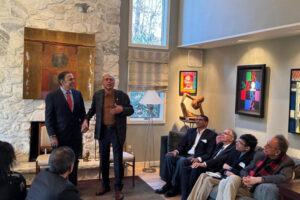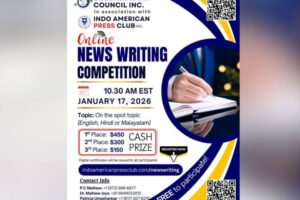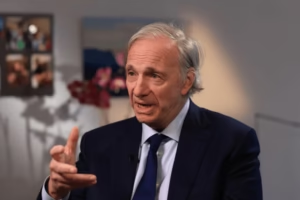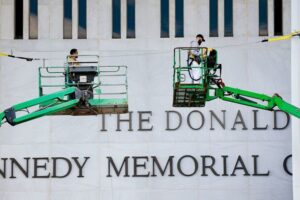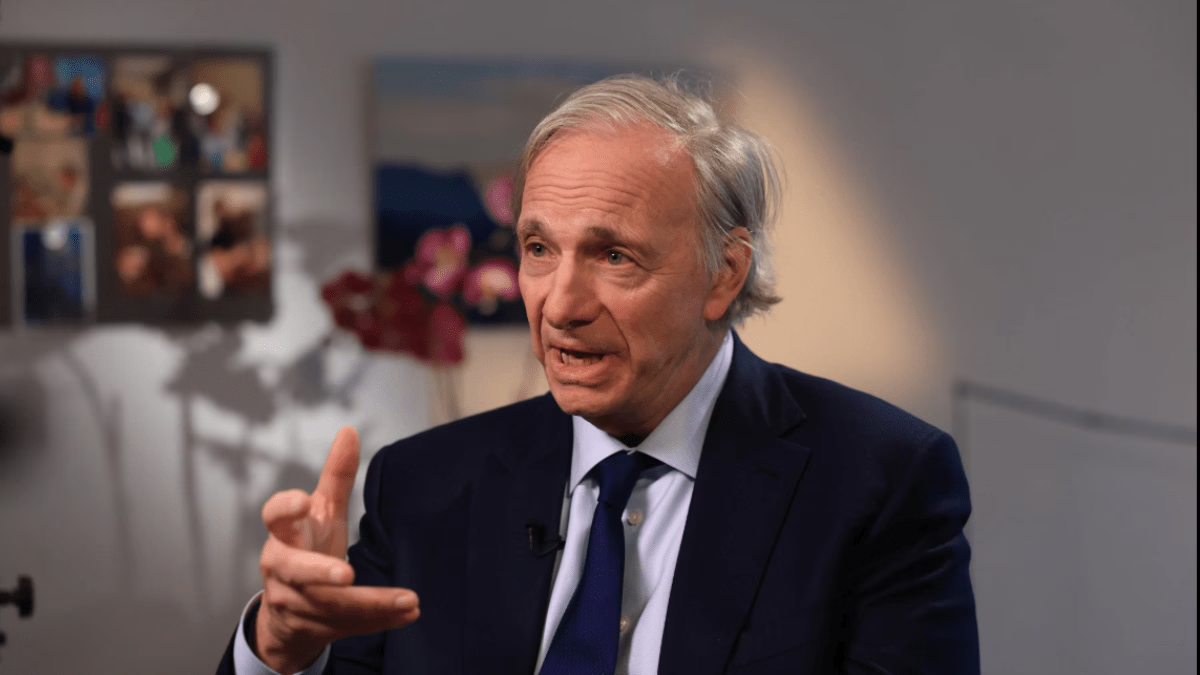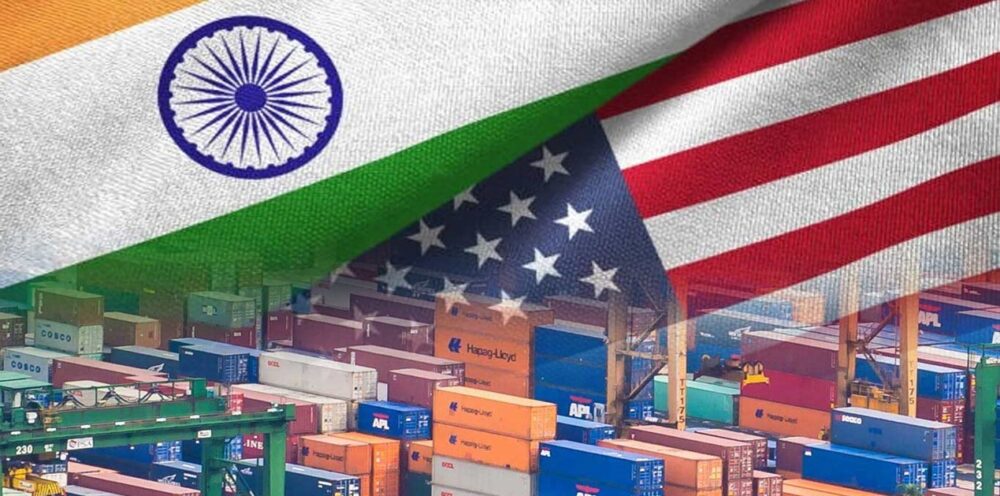Many Indian students aspire to work in the U.S. via the H-1B visa after finishing their studies, but that route is growing harder to navigate. Rising demand, strict caps, and lottery uncertainty mean more competition. However, there are other viable paths international students can explore to build strong careers in the U.S.:
- OPT & STEM OPT: Students on F-1 visas can work for up to 1 year after graduation using Optional Practical Training. Those in STEM fields can extend this with a STEM OPT extension, getting up to 3 years of U.S. work experience.
- Cap-Exempt H-1B Roles: Employers such as universities, registered non-profits, research institutions, and government agencies can sponsor H-1Bs without being subject to annual limits or lottery restrictions. These options are available year-round.
- Further Study or Specialized Credentials: Enrolling in advanced degrees (e.g. Masters, Ph.D.) or specialized programs not only enhances credentials but also opens up more opportunities, including renewed or extended visa status and better chances for job placement.
- L-1 Visa Transfers: Multinational companies sometimes move qualified employees from overseas branches to U.S. offices under the L-1 visa, provided the person has worked with the company abroad for at least one year in the recent past.
- O-1 Visa for “Extraordinary Ability”: Those with significant achievements in fields like science, arts, business, or athletics may qualify for the O-1 visa. Although the criteria are strict, it offers an alternative for high achievers with exceptional credentials.
The article also advises students to stay proactive—research visa options early, build strong networks, consider multiple pathways, and remain realistic about timelines. The goal is to use U.S. education not just as a door to one visa type, but as a foundation for flexible, long-term planning.

